Nea studio’s Hamptons house investigates emerging environmental technologies
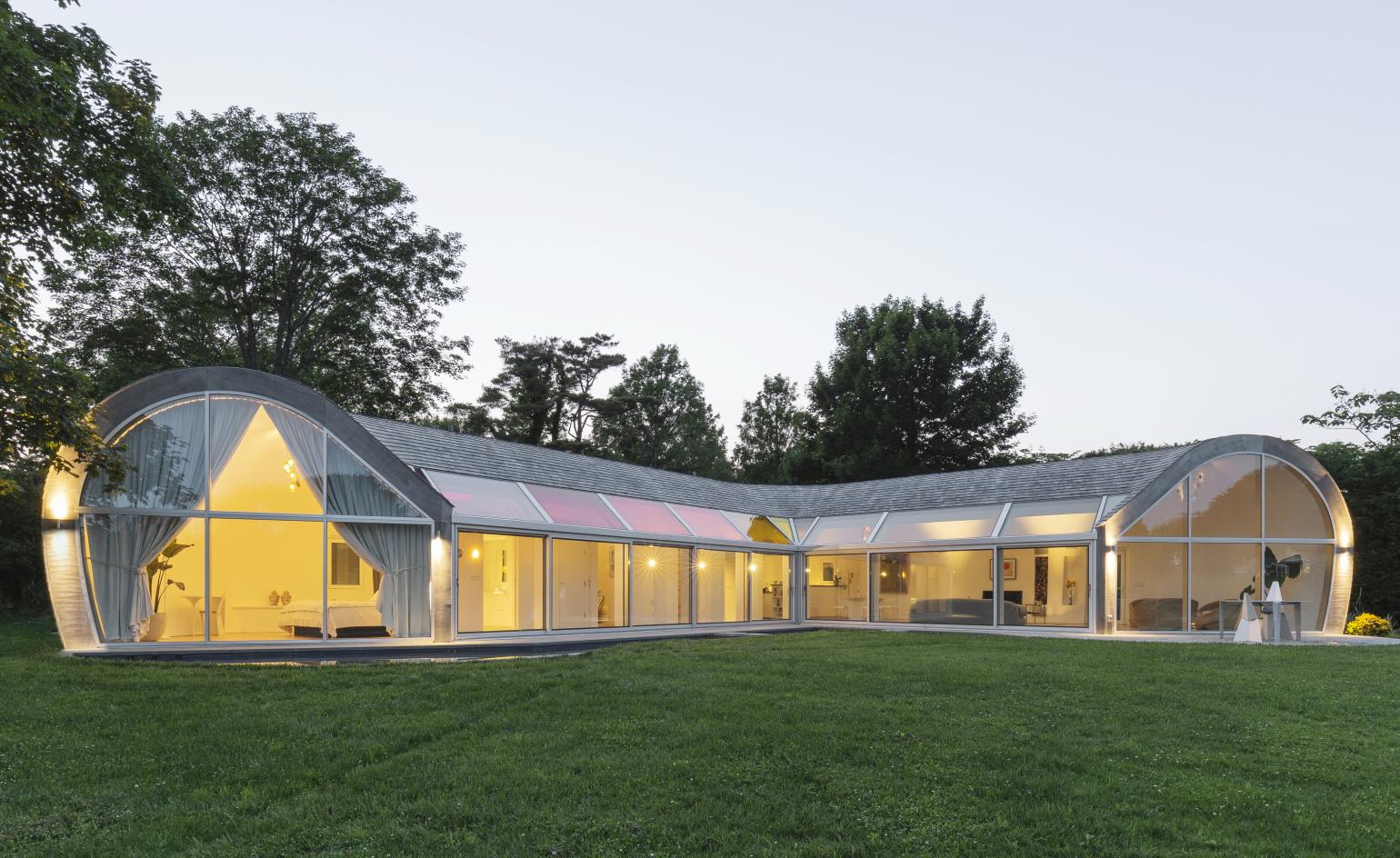
Nina Edwards Anker of nea studio has used the design and fabrication of her summer home in the Hamptons to further her dissertation research on solar design and affect theory at the Oslo School of Architecture and Design. Humble in physical footprint only (the house is 1730 sq ft), this experimental three bedroom home is anything but modest when it comes to environmental inquiry and sustainability credentials. It’s fully LEED certified, exceptionally well sealed and almost completely self-sufficient.
‘Cocoon house is the investigation of emerging environmental technologies and their effectiveness, with affect at the forefront,' explains the Brooklyn-based designer. Edwards Anker is referring to a design philosophy whereby effective environmental technologies serve as the backdrop to the actual experience of a design. In Cocoon House, Edwards Anker has achieved this by bringing a number of environmental and ephemeral elements to the fore. Her expression of solar rhythms (as experienced in the form of light and shadow), a play on reflectivity and translucency, and a strong connection between indoors and outdoors are all evident in the primary architectural concept.
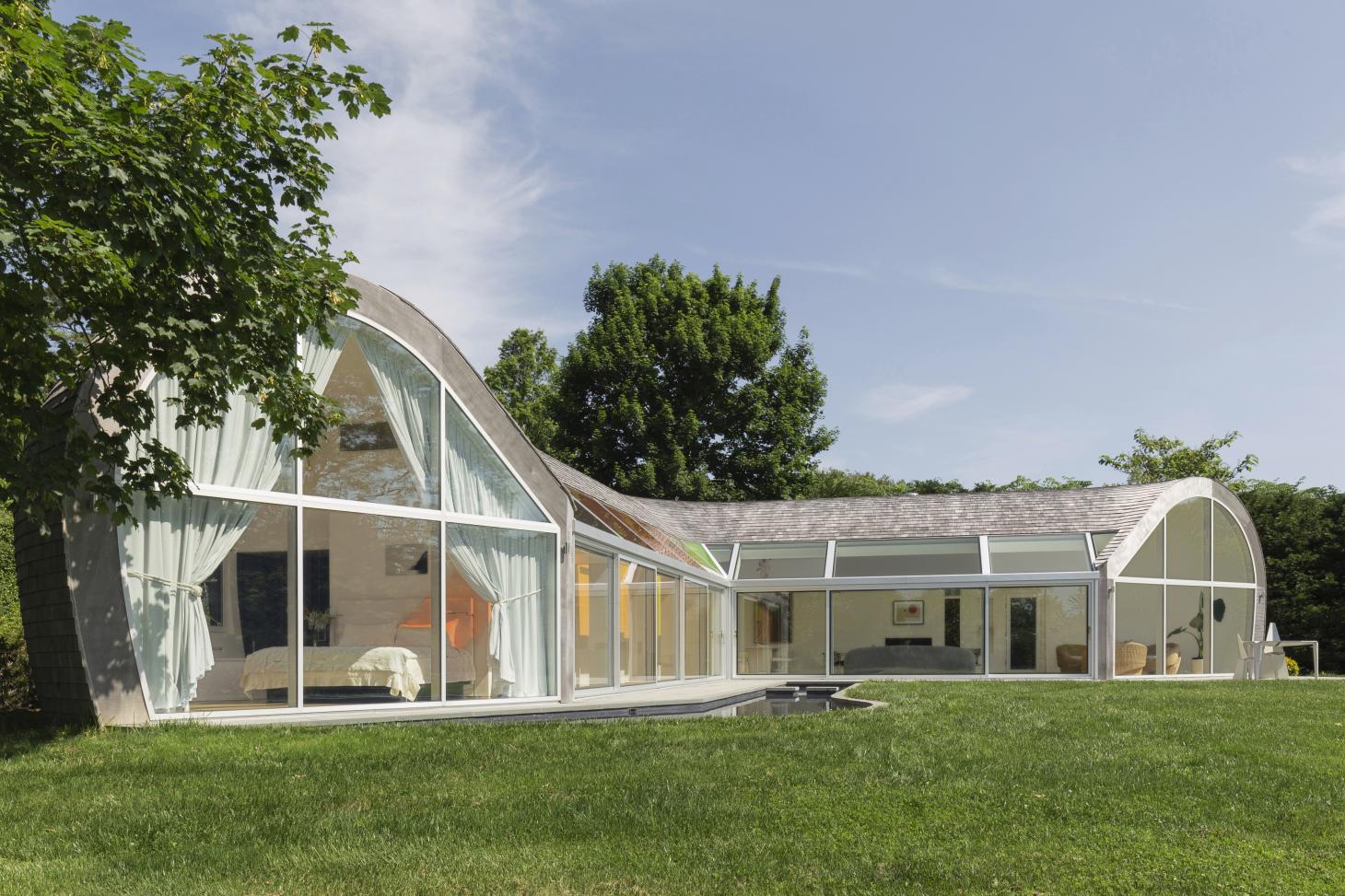
Cocoon House is so-named for its curved shape, defined by two contrasting components. The outward section, which faces west and north as well as the neighbouring properties, offers privacy and thermal mass in the form of an armadillo-esque epidermis of cedar shingles. The opposite side of the house is translucent, with full height glazed sliding doors engendering ocean breezes, a profusion of natural sunlight across the interior, solar heat gain and views of the expansive garden.
The southern skylights along the bedroom wing filter light through coloured transparent panels in hues ranging from vermillion red to intense yellow into the interior. In conjunction with reflections off the shimmering pools, coloured light casts enter the house in the form of graphic shapes, which move around like roving wallpaper, in line with biorhythmic cycles. ‘I am super curious about how the seasons affect this house,' says Edwards Anker. ‘At a certain time of day, I take pleasure in watching a vermillion shape pass across the master bedroom for example. When a particular triangle of coloured light passes through the kitchen in the summer, I know that it’s time to take my kids to camp.'
Adding to the exceptional level of control, accuracy and detail inherent in this project, Edwards Anker is also responsible for the majority of the furniture and lighting in the house. The sparely furnished interior features her Beanie Sofa (made out of lentils), her Algae Lamps, a Solar Chandelier, polyethylene rattan Knottie armchairs and a Cantilever Table, amongst other designs.
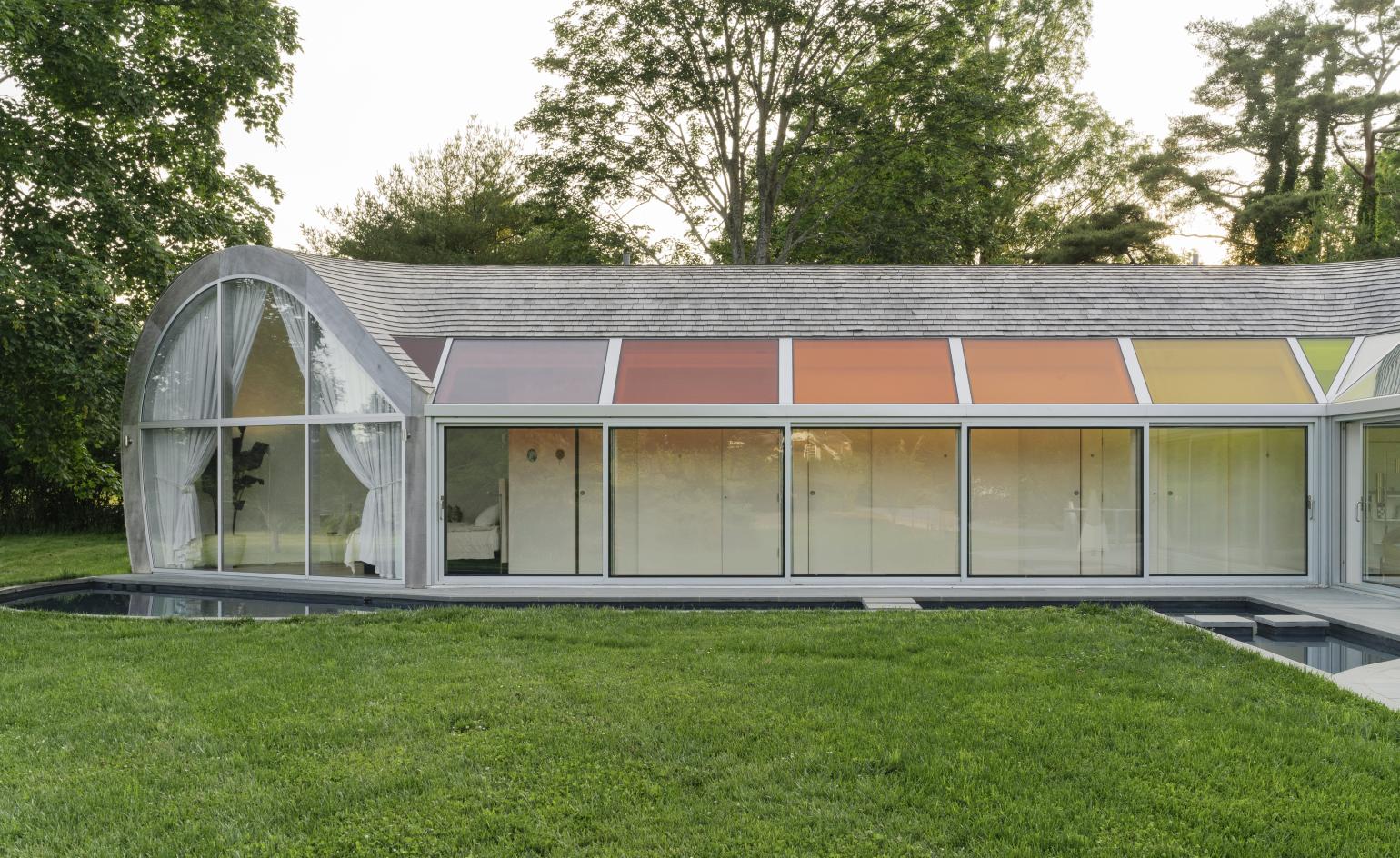
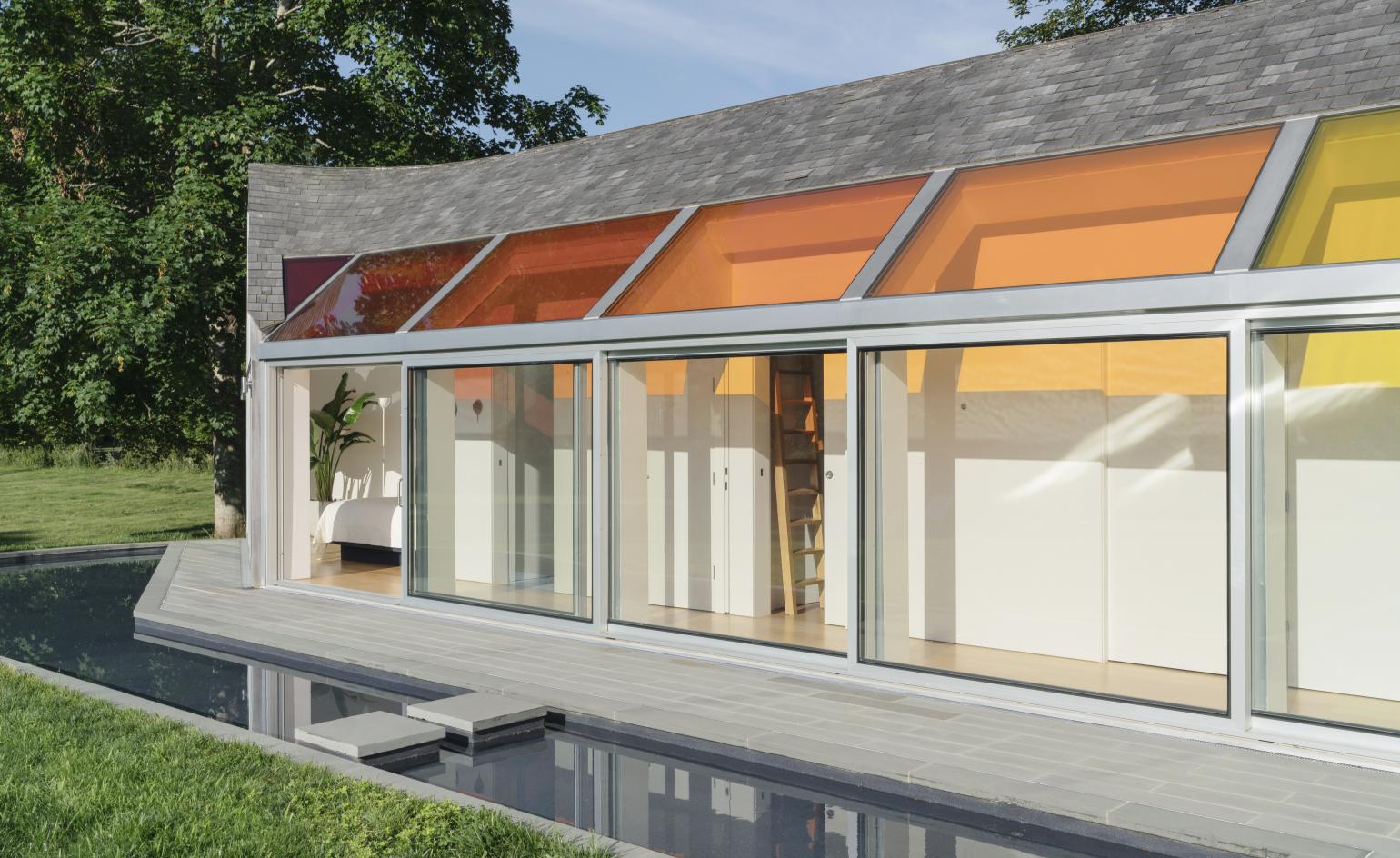
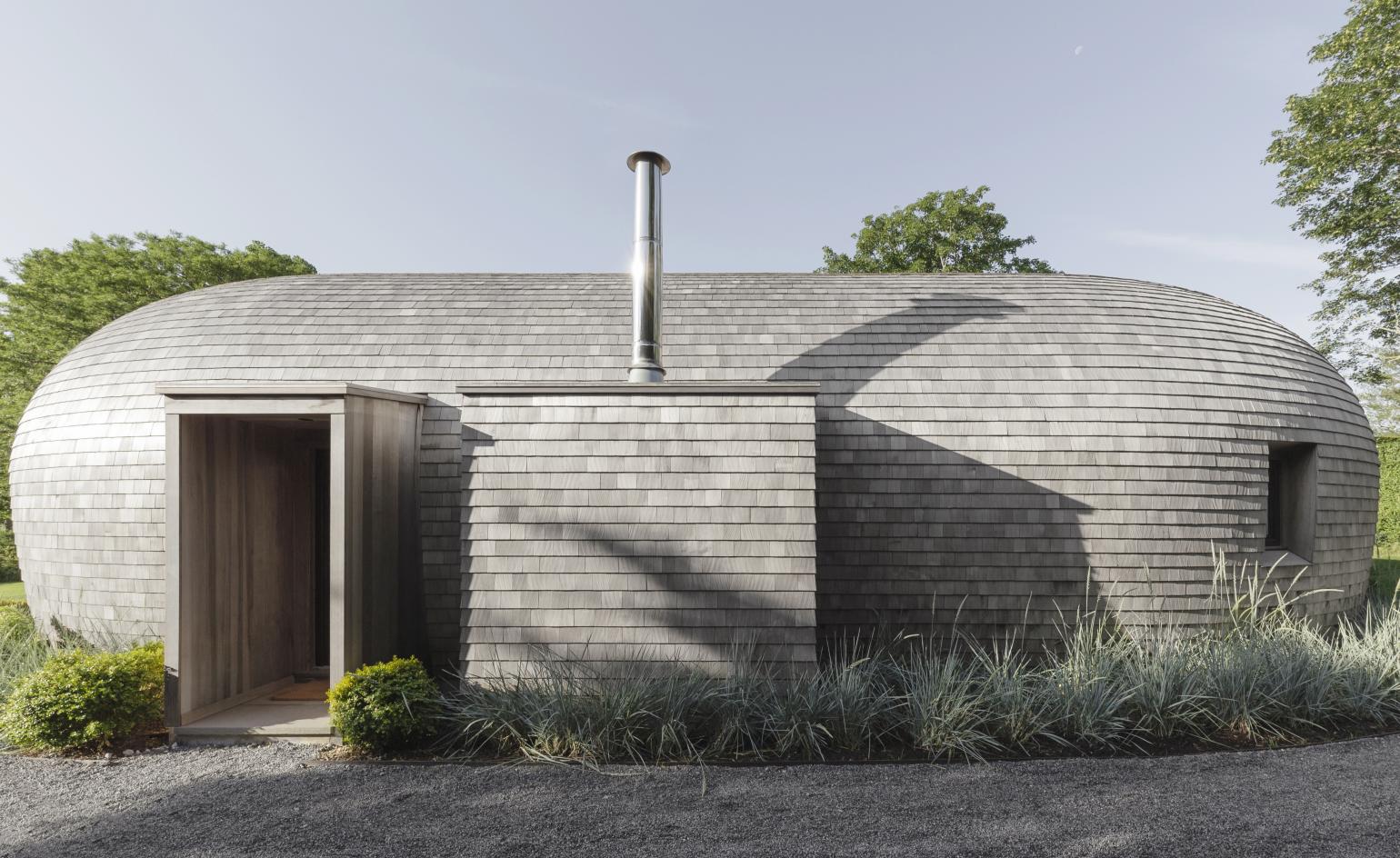
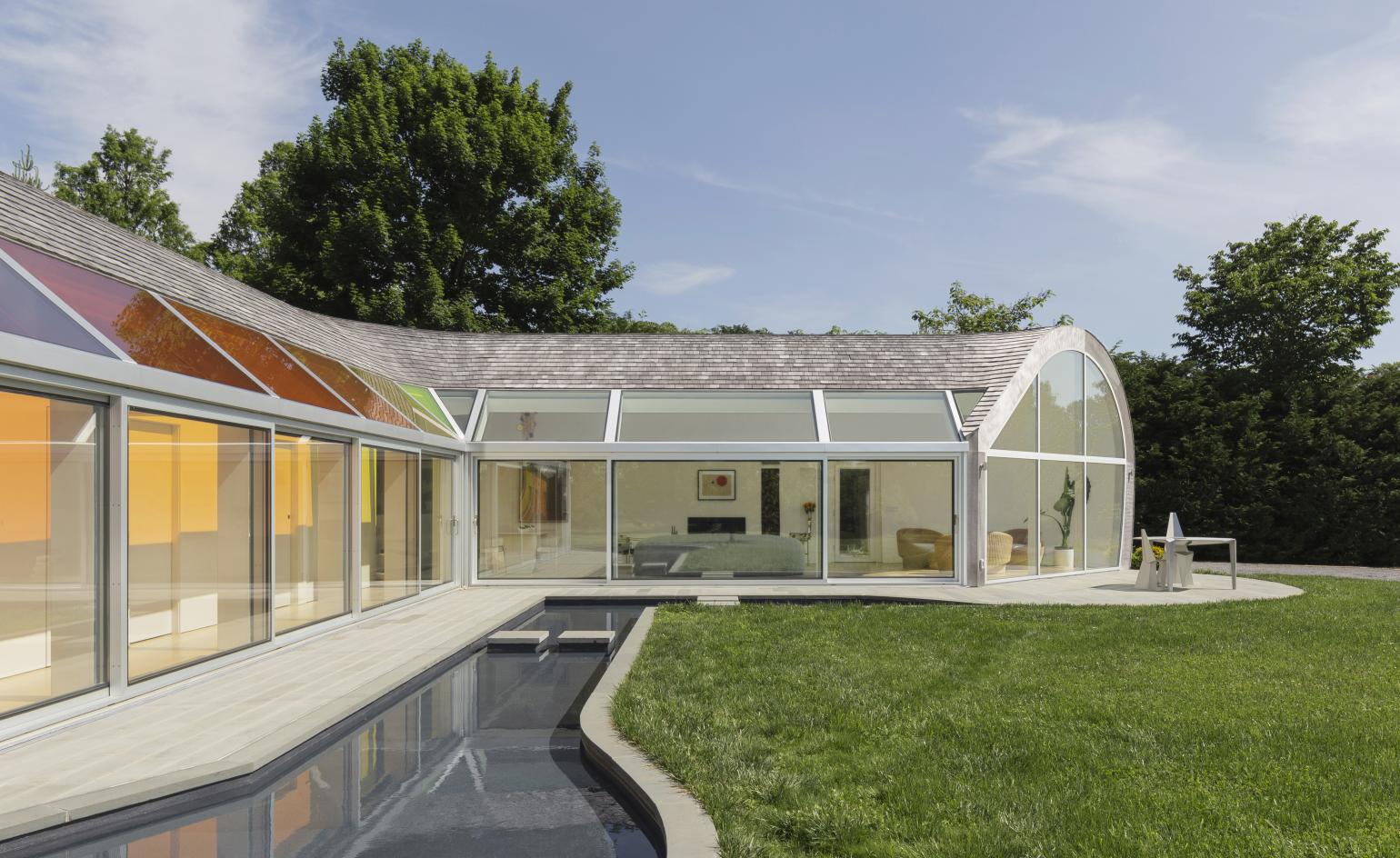
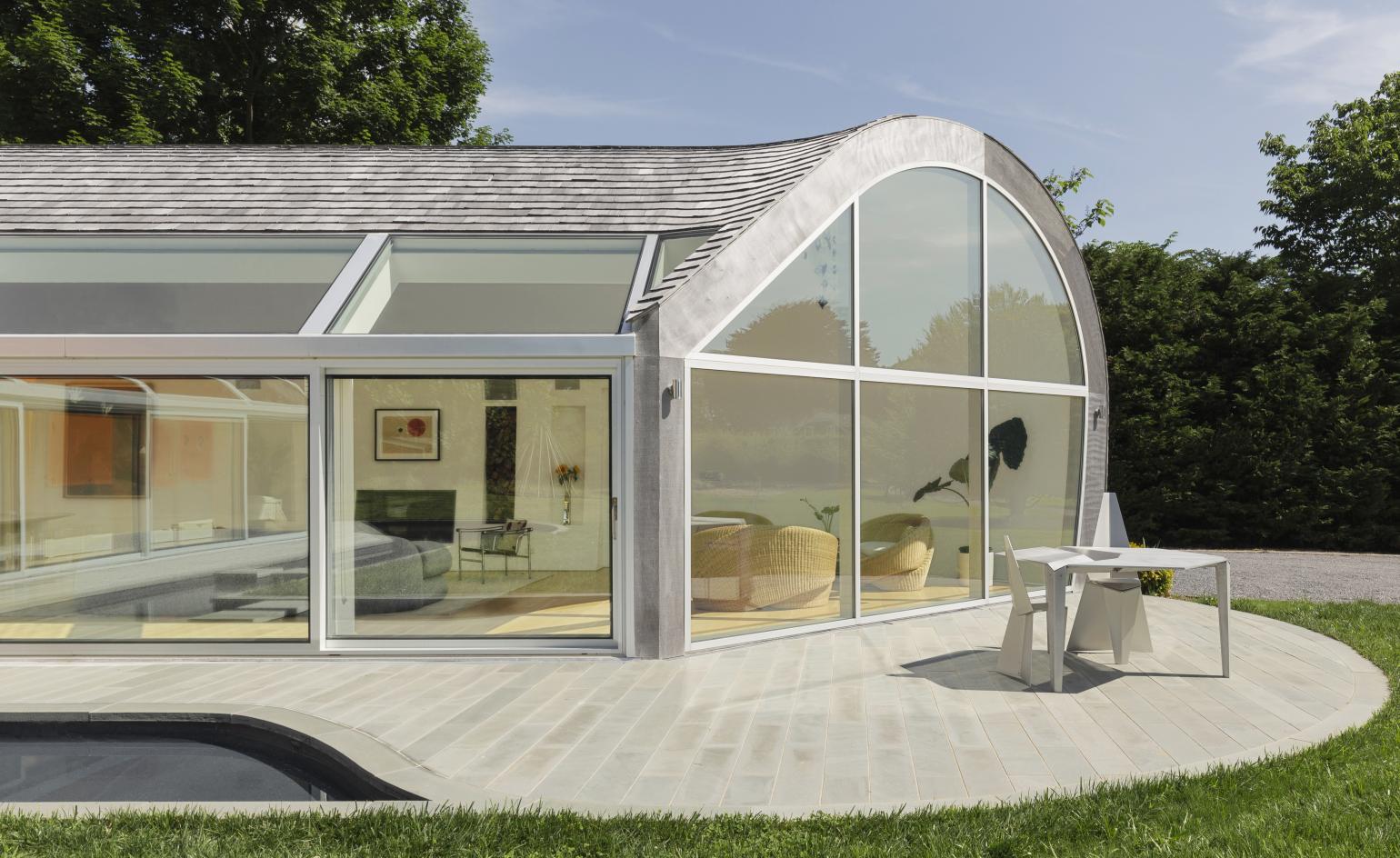
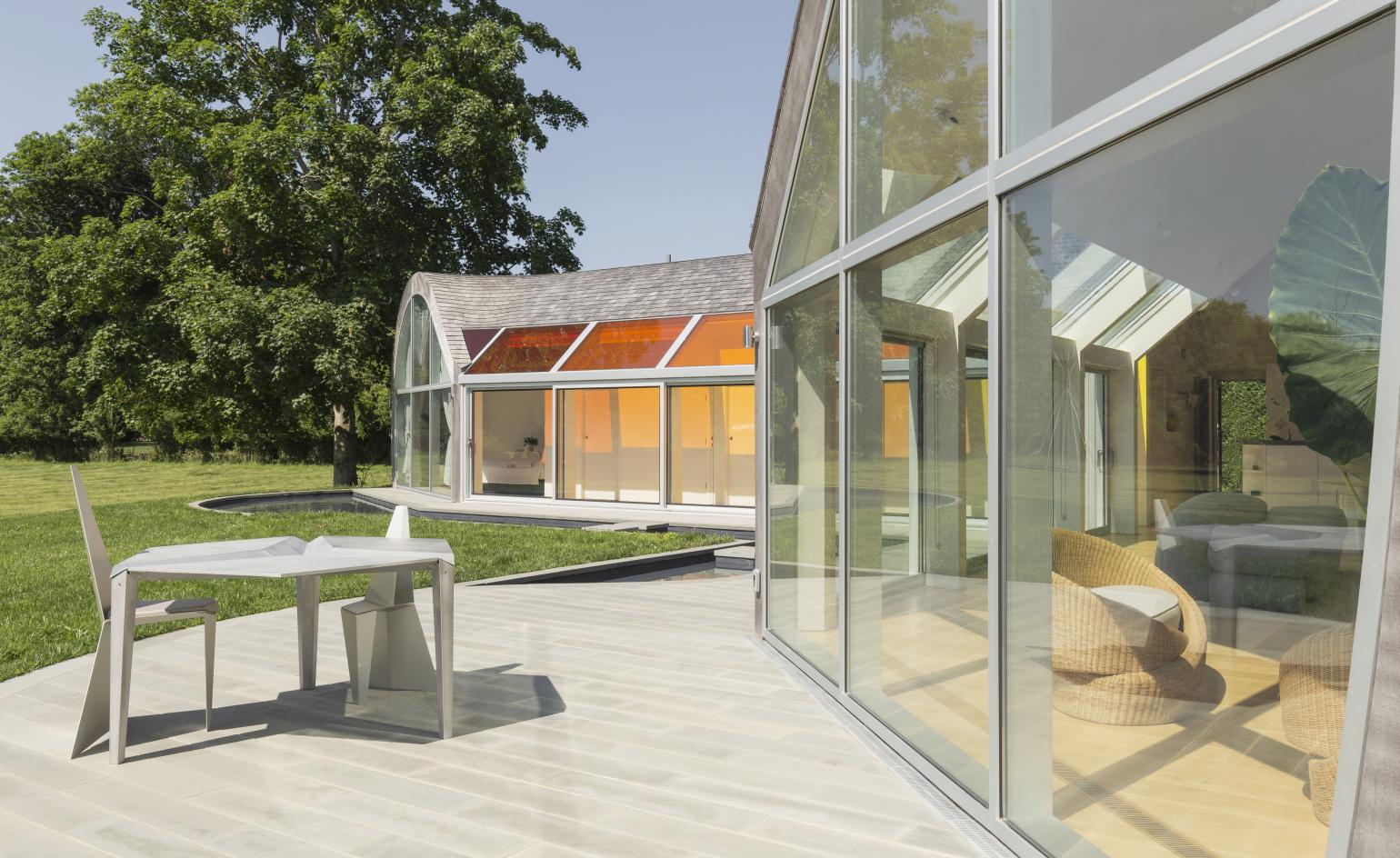
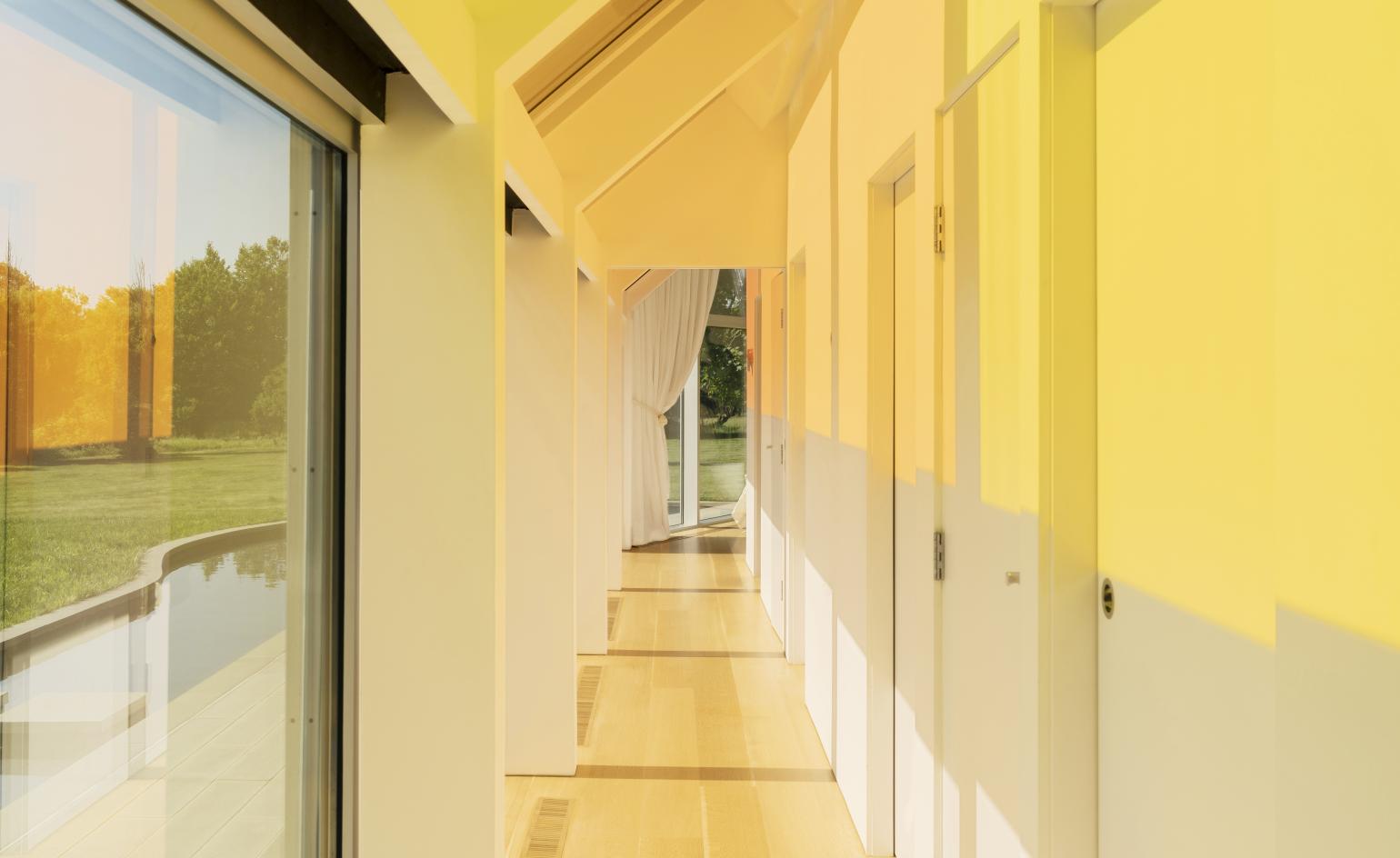
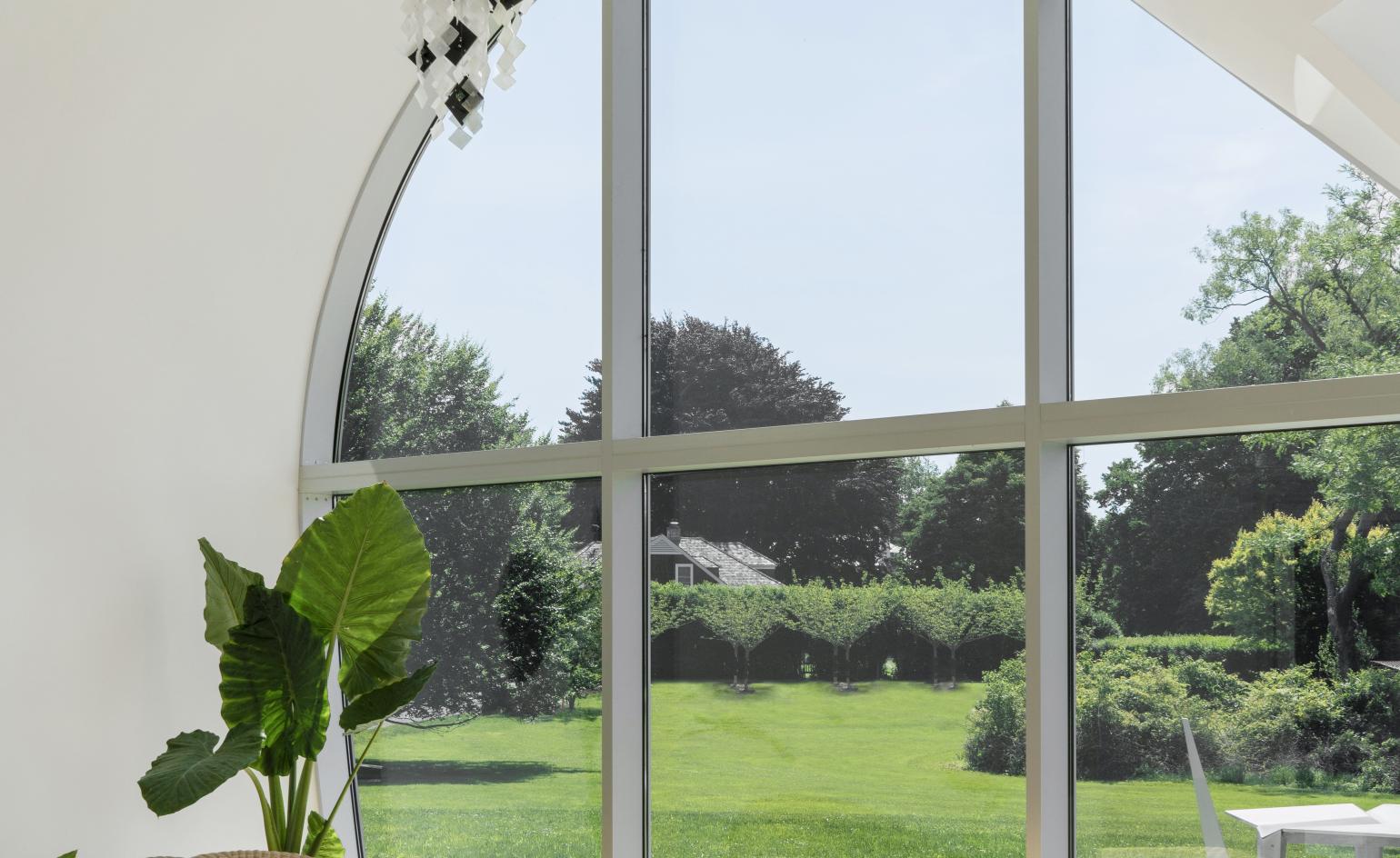
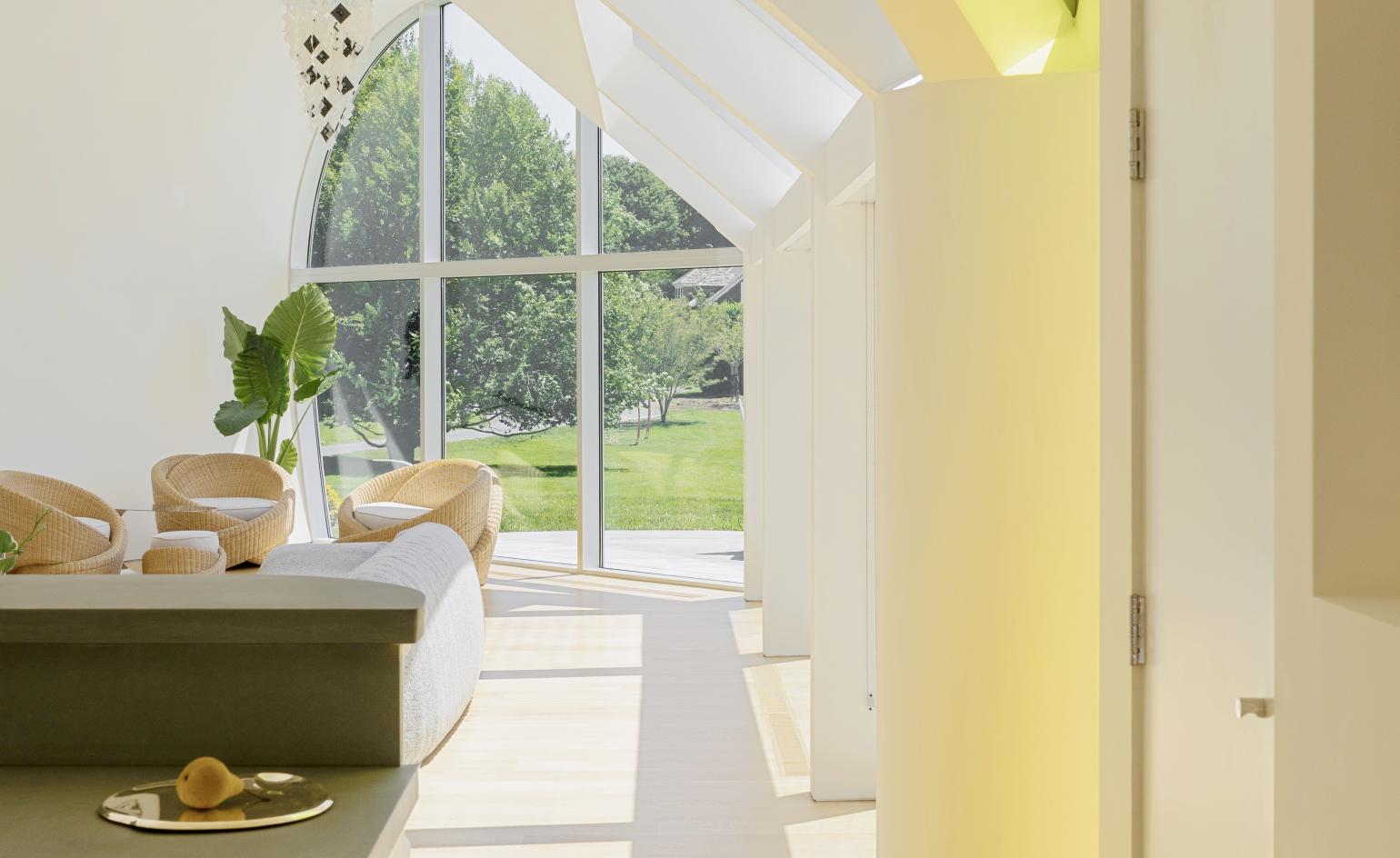
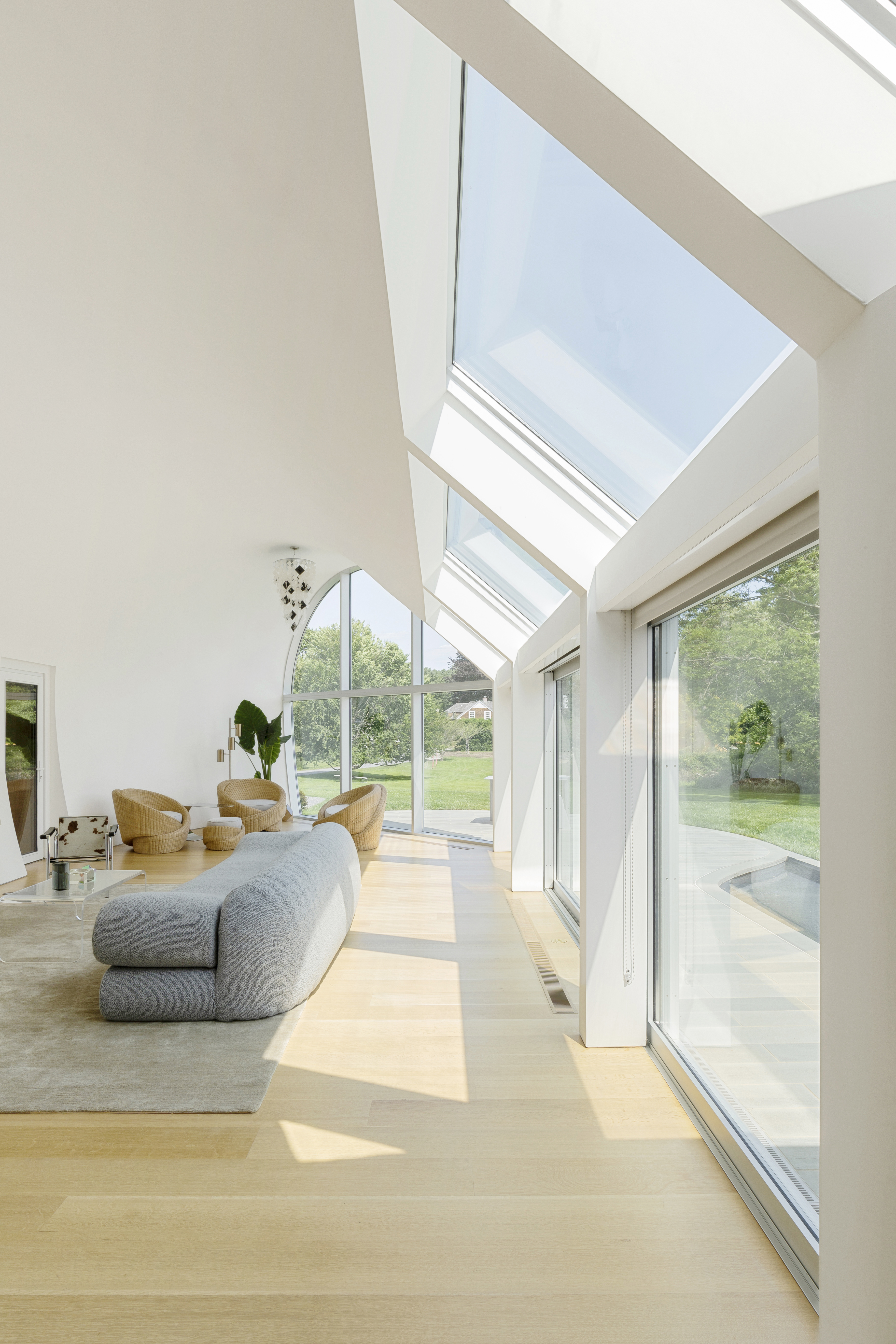
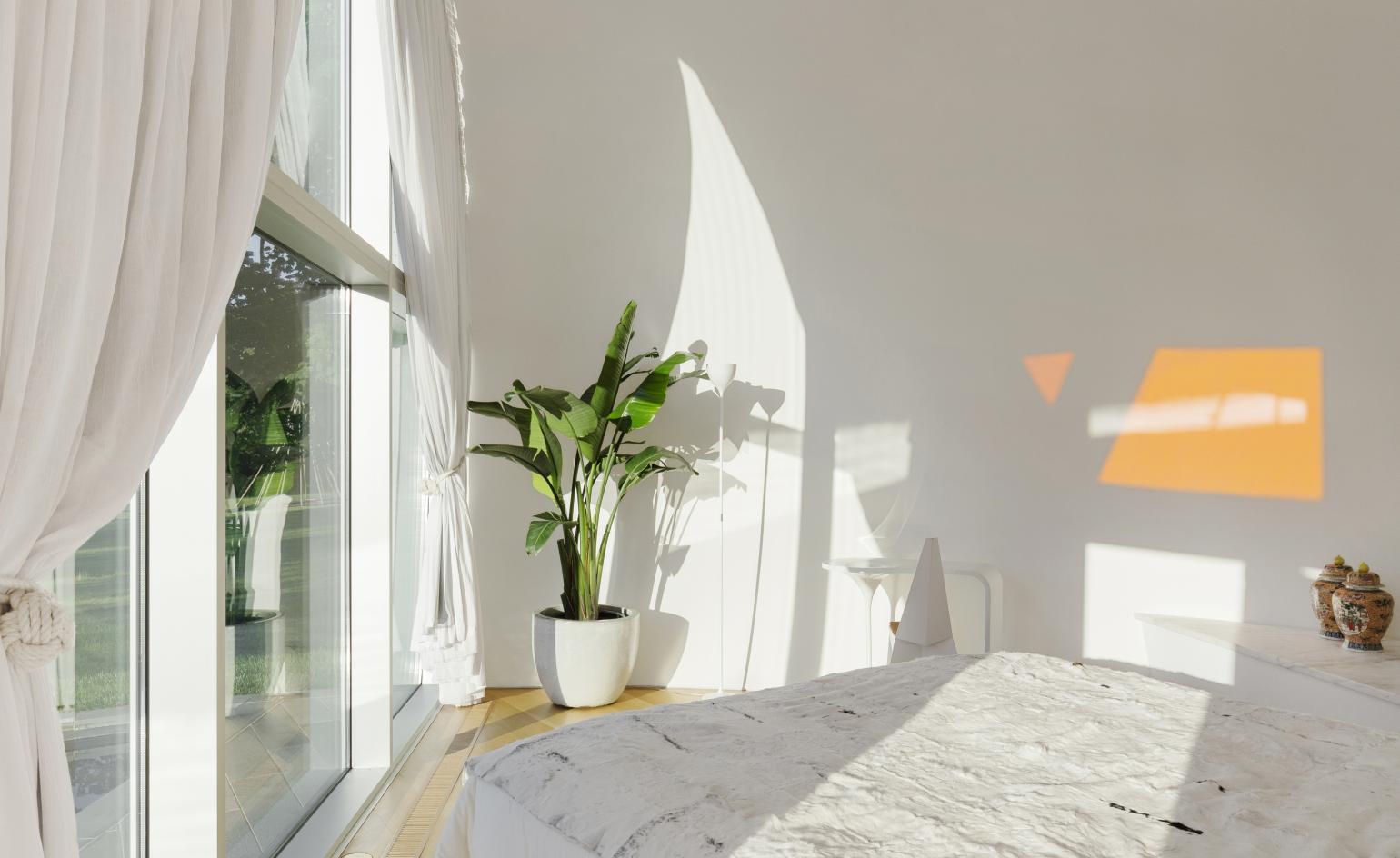

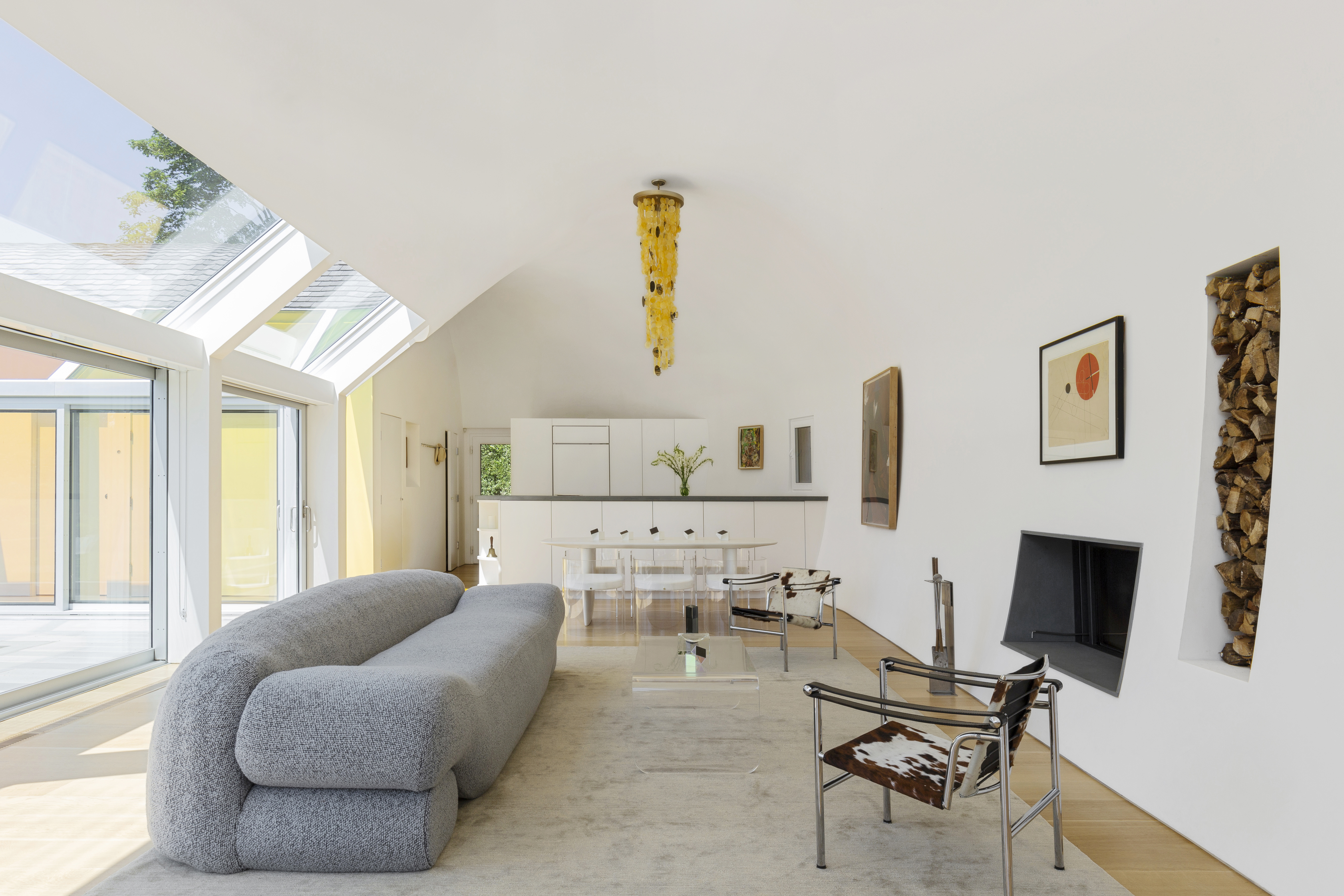
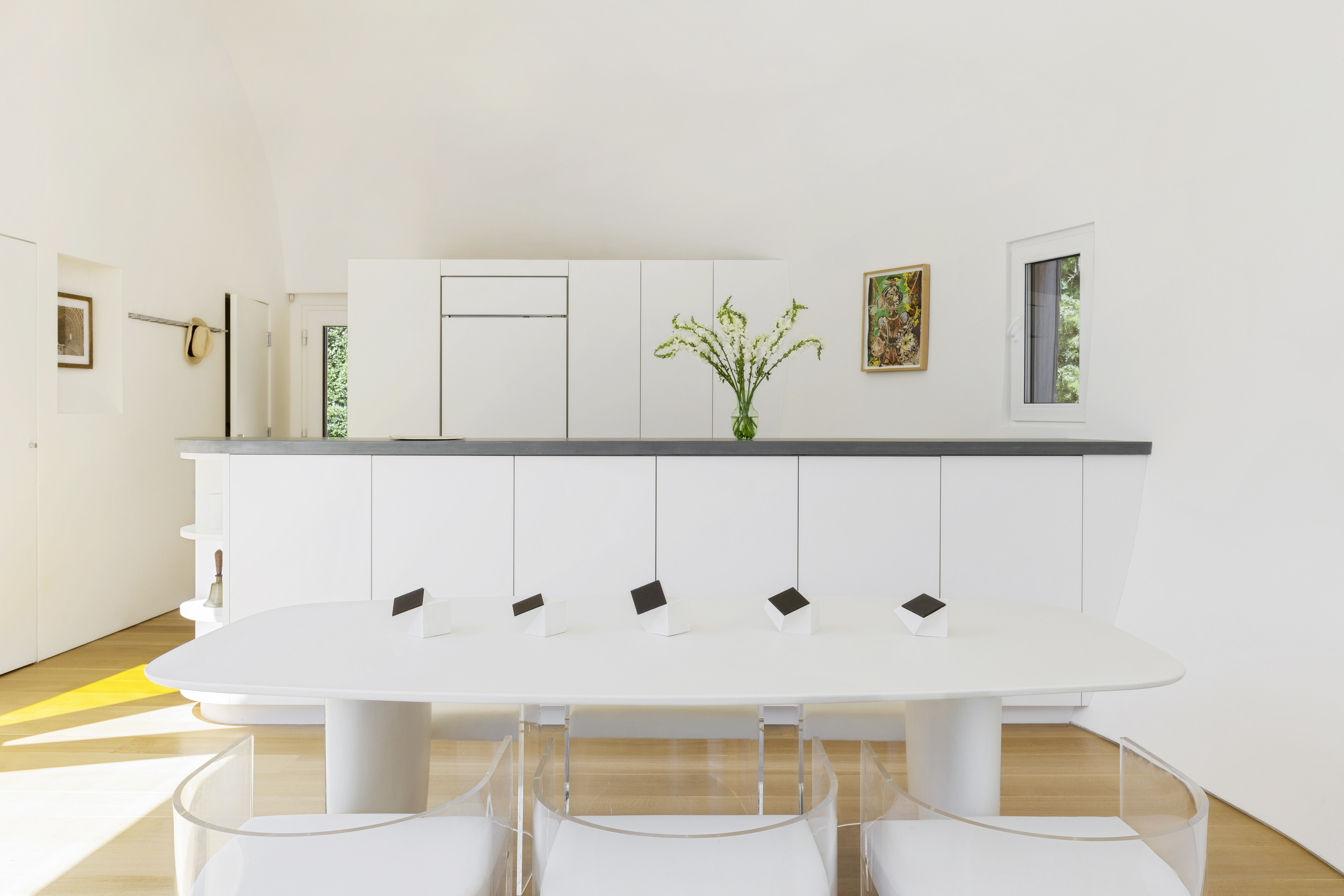
INFORMATION
Receive our daily digest of inspiration, escapism and design stories from around the world direct to your inbox.
-
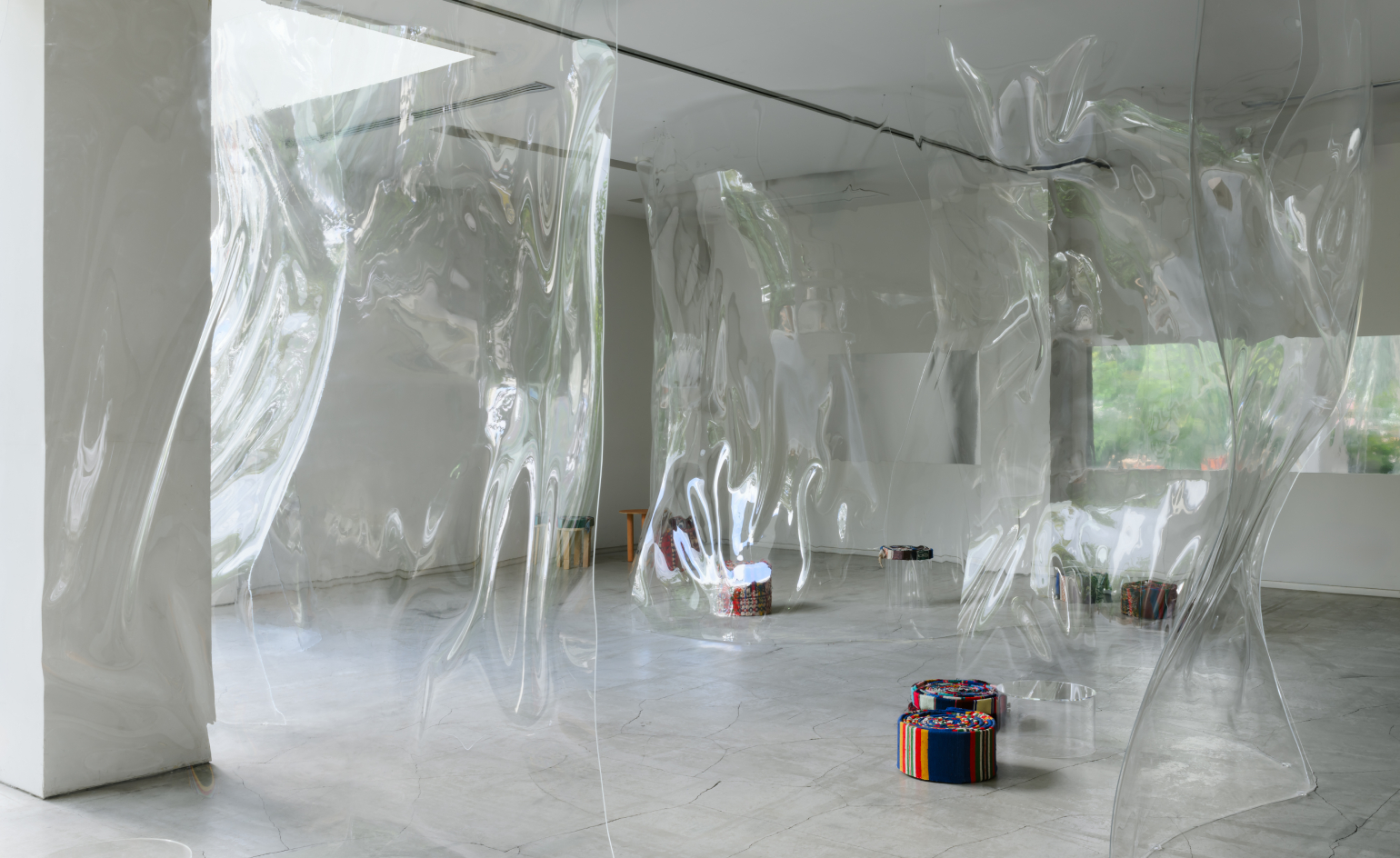 How Ichio Matsuzawa designed the almost-invisible bar defining Art Week Tokyo 2025
How Ichio Matsuzawa designed the almost-invisible bar defining Art Week Tokyo 2025During the art fair’s latest instalment, Wallpaper* met the Japanese architect to explore architecture as sensation, not structure
-
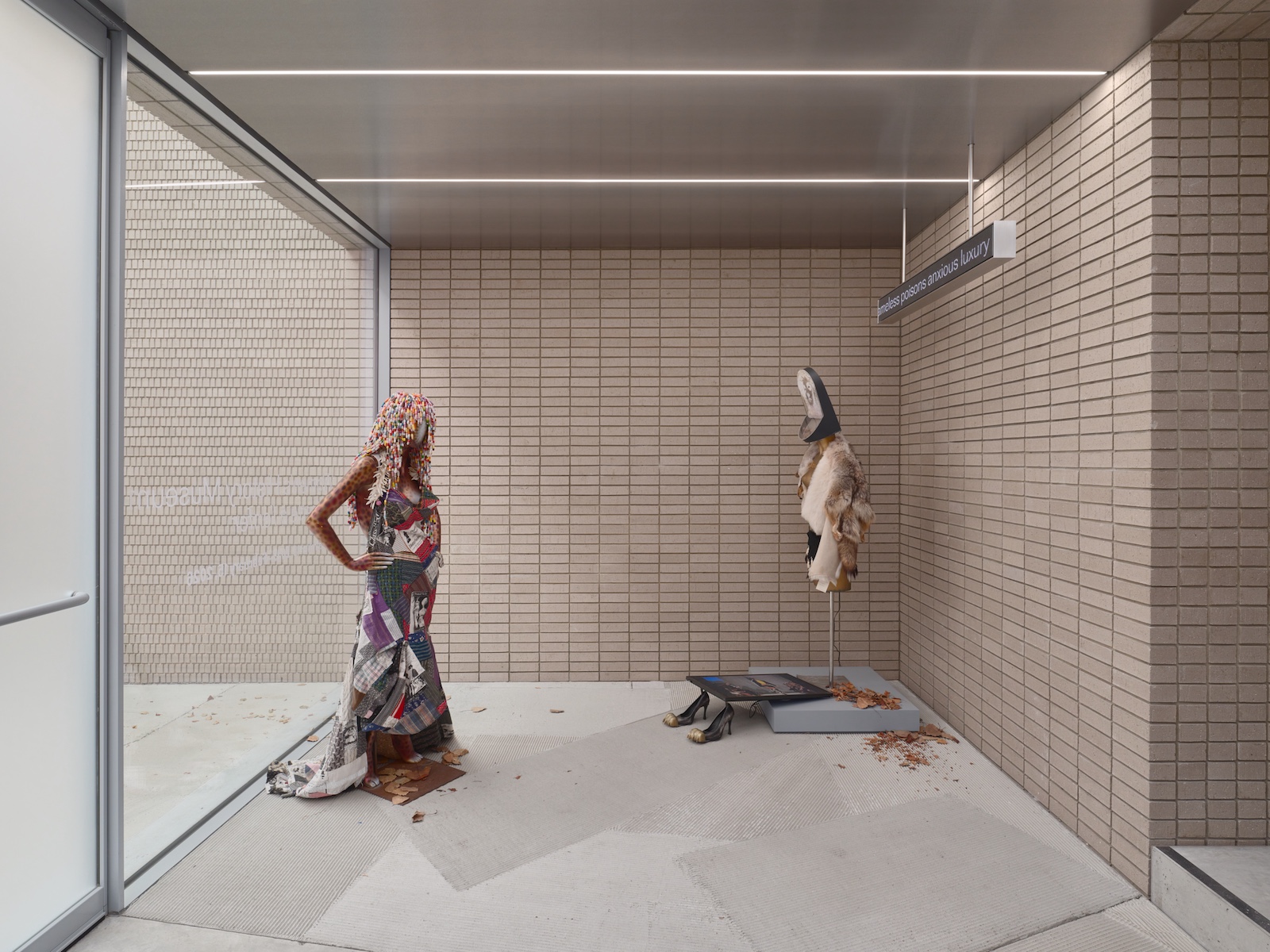 The story behind rebellious New York fashion label-cum-art collective, Women’s History Museum
The story behind rebellious New York fashion label-cum-art collective, Women’s History MuseumMattie Barringer and Amanda McGowan’s multidisciplinary label has been challenging fashion’s status quo for the past decade. As they open a new exhibition at Amant, Brooklyn, the pair sit down with Wallpaper* to discuss their provocative approach
-
 Mark+Fold Turns 10 with first Shoreditch pop-up
Mark+Fold Turns 10 with first Shoreditch pop-upBritish stationery brand Mark+Fold celebrates ten years in business with a Brick Lane pop-up featuring new products, small-batch editions and conversations with creatives
-
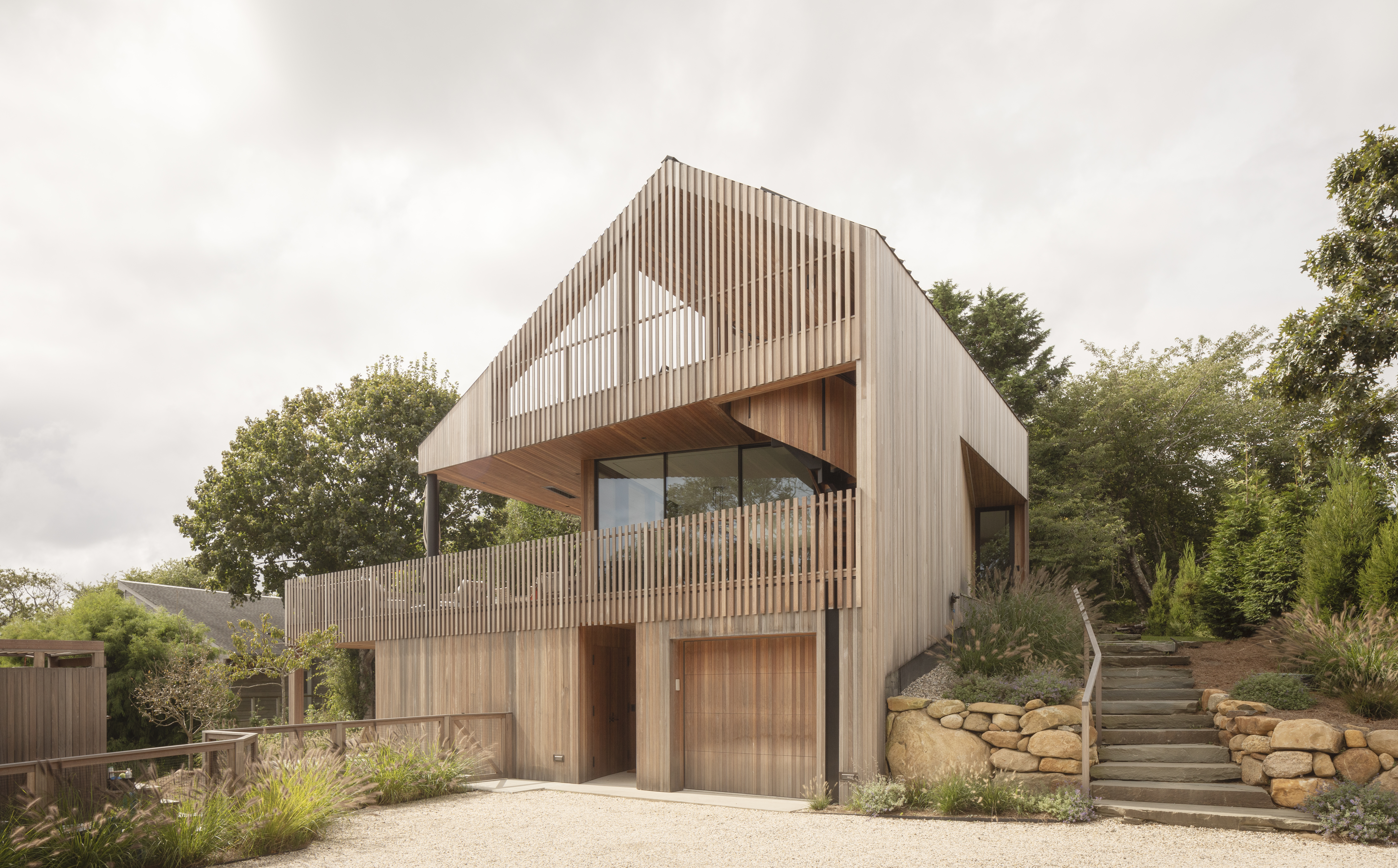 An ocean-facing Montauk house is 'a coming-of-age, a celebration, a lair'
An ocean-facing Montauk house is 'a coming-of-age, a celebration, a lair'A Montauk house on Hither Hills, designed by Hampton architects Oza Sabbeth, is wrapped in timber and connects its residents with the ocean
-
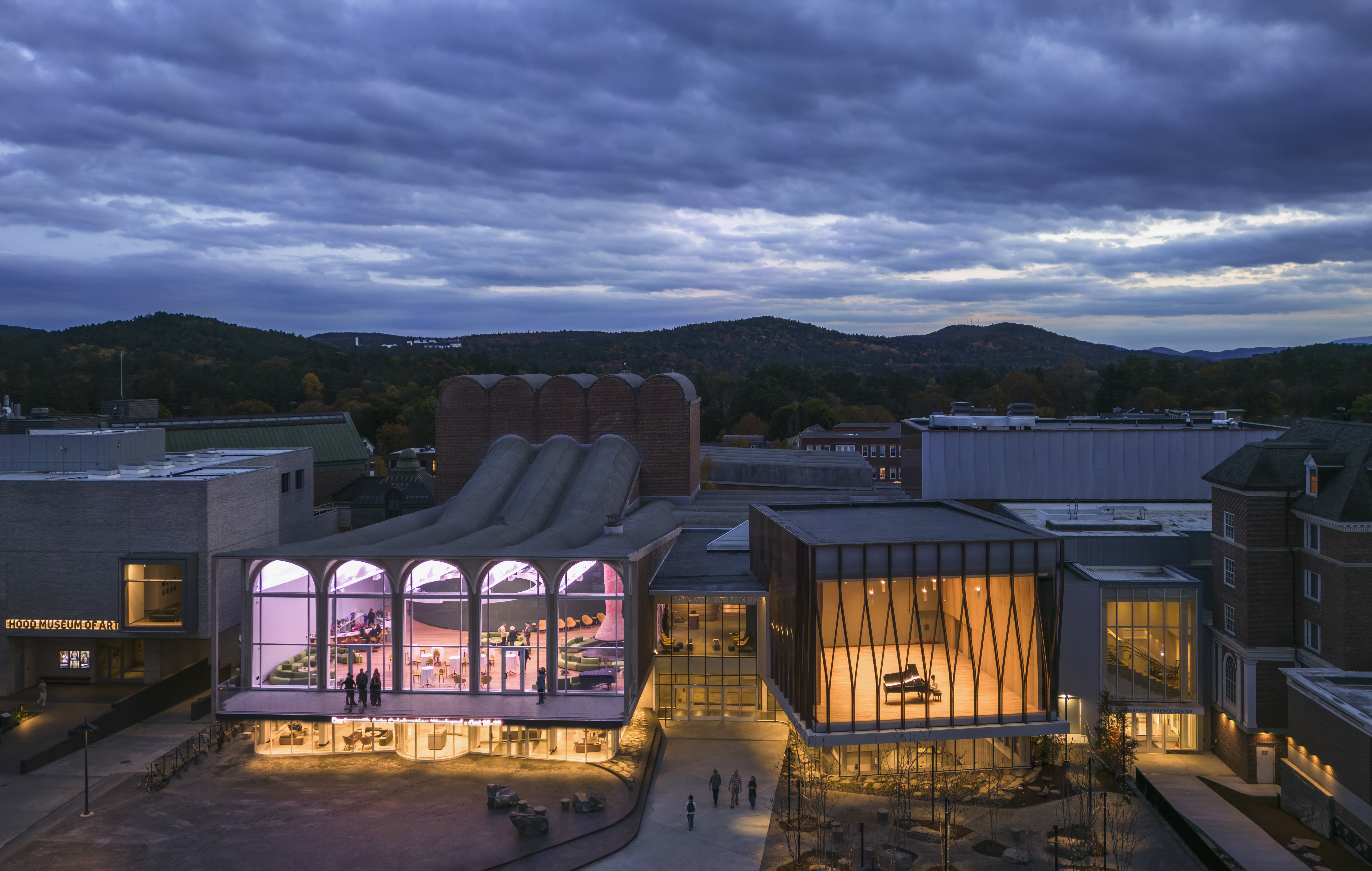 With a freshly expanded arts centre at Dartmouth College, Snøhetta brings levity to the Ivy League
With a freshly expanded arts centre at Dartmouth College, Snøhetta brings levity to the Ivy LeagueThe revamped Hopkins Center for the Arts – a prototype for the Met Opera house in New York –has unveiled its gleaming new update
-
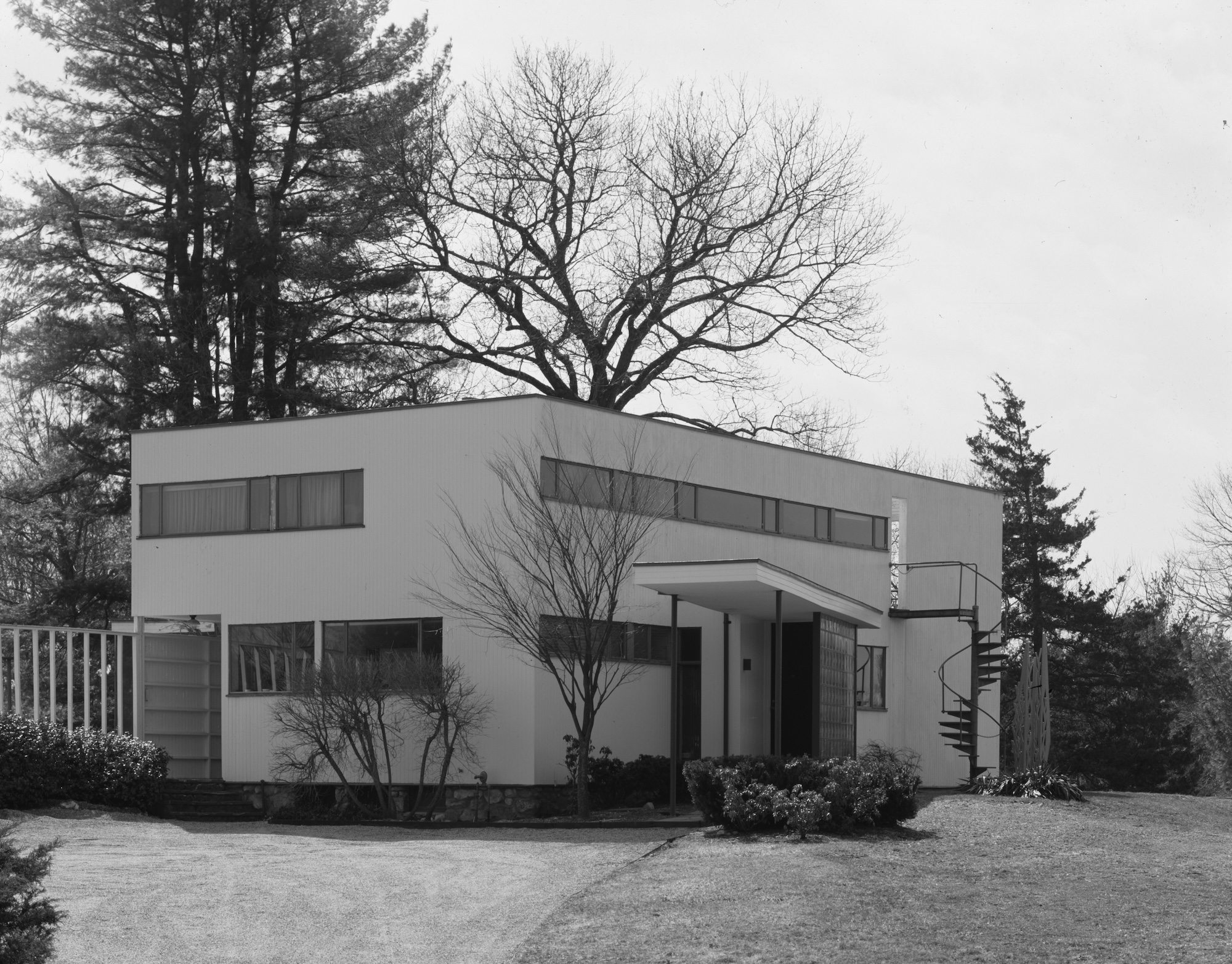 From Bauhaus to outhouse: Walter Gropius’ Massachusetts home seeks a design for a new public toilet
From Bauhaus to outhouse: Walter Gropius’ Massachusetts home seeks a design for a new public toiletFor years, visitors to the Gropius House had to contend with an outdoor porta loo. A new architecture competition is betting the design community is flush with solutions
-
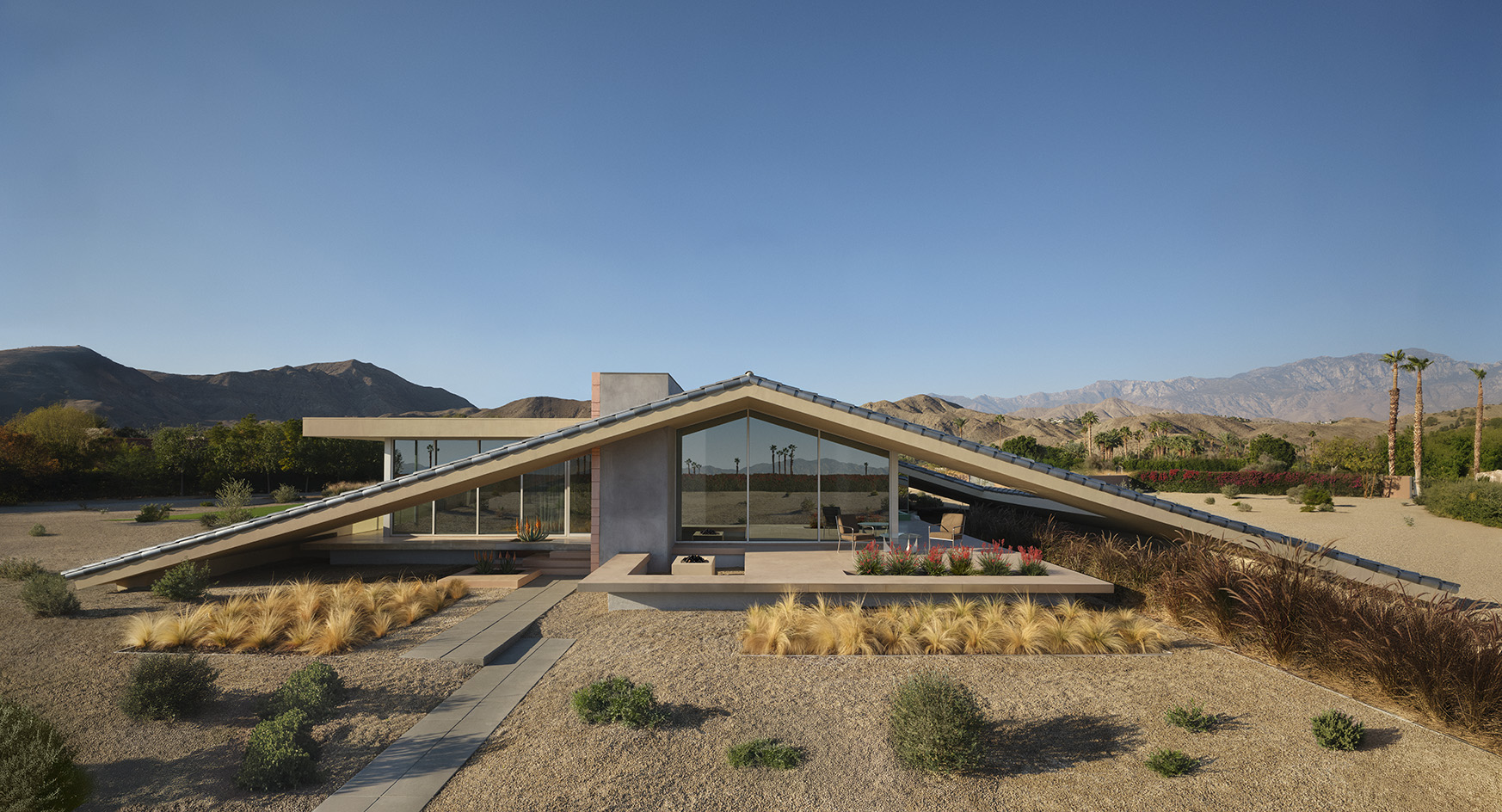 Robert Stone’s new desert house provokes with a radical take on site-specific architecture
Robert Stone’s new desert house provokes with a radical take on site-specific architectureA new desert house in Palm Springs, ‘Dreamer / Lil’ Dreamer’, perfectly exemplifies its architect’s sensibility and unconventional, conceptual approach
-
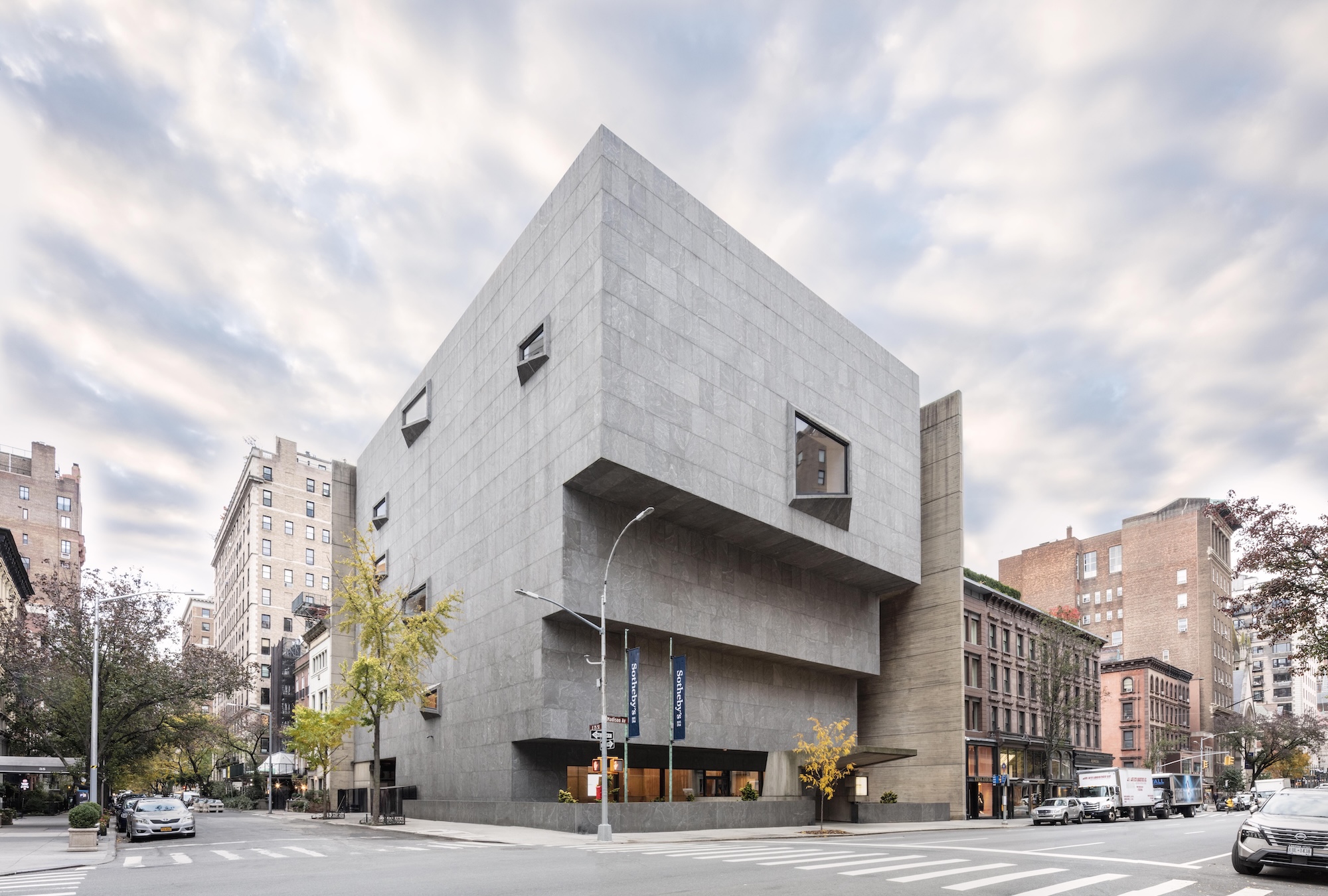 New York's iconic Breuer Building is now Sotheby's global headquarters. Here's a first look
New York's iconic Breuer Building is now Sotheby's global headquarters. Here's a first lookHerzog & de Meuron implemented a ‘light touch’ in bringing this Manhattan landmark back to life
-
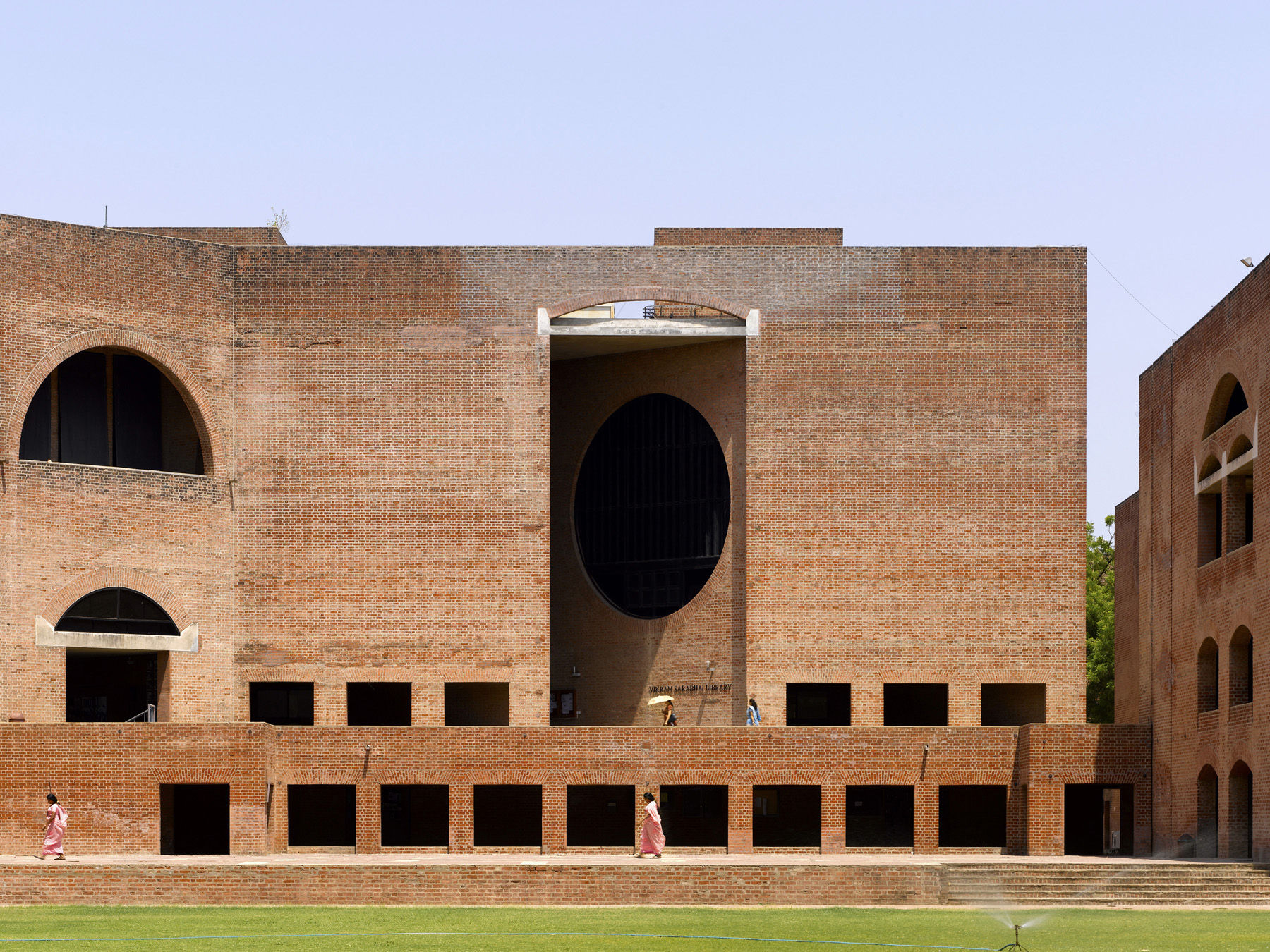 Louis Kahn, the modernist architect and the man behind the myth
Louis Kahn, the modernist architect and the man behind the mythWe chart the life and work of Louis Kahn, one of the 20th century’s most prominent modernists and a revered professional; yet his personal life meant he was also an architectural enigma
-
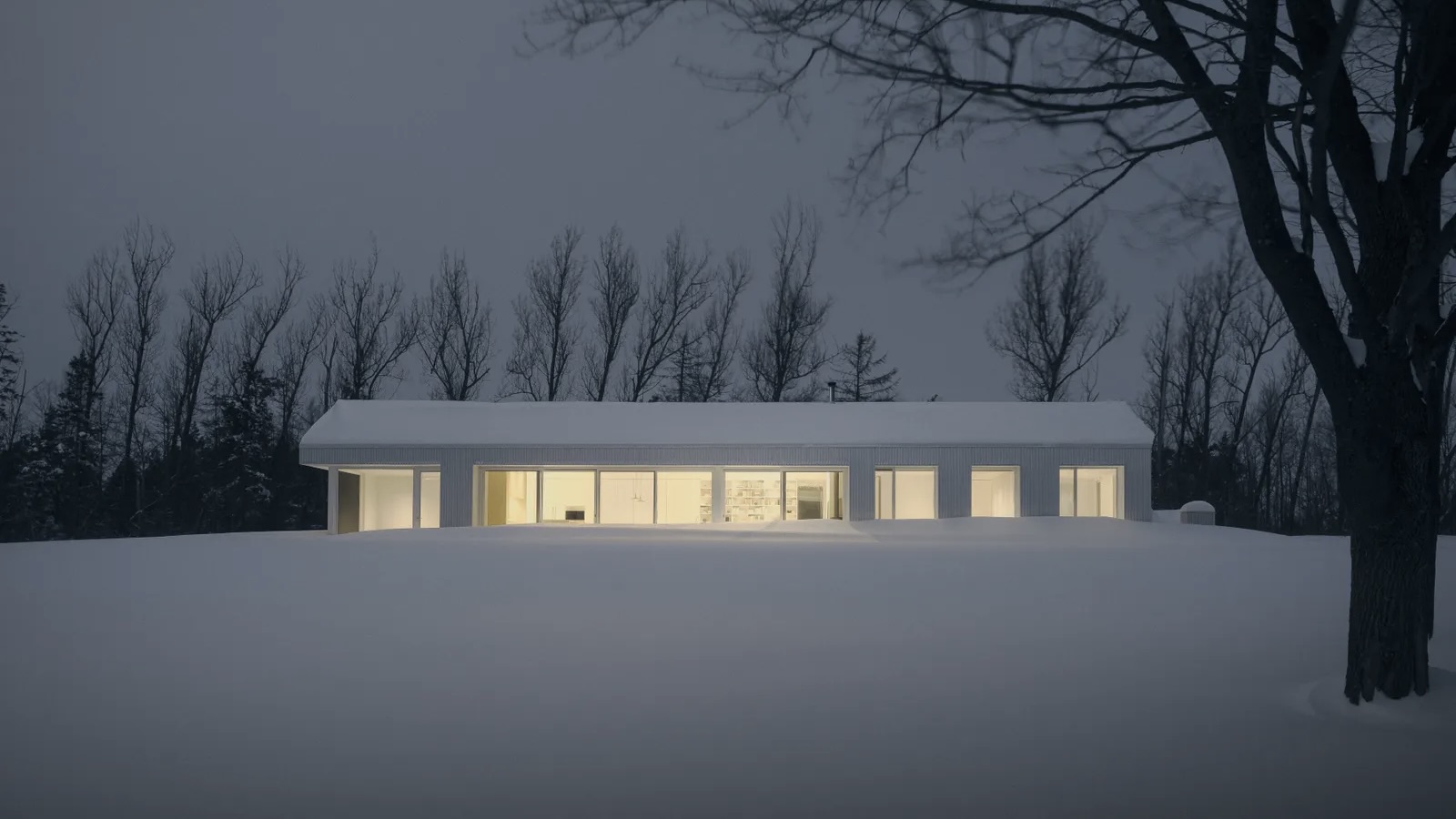 The Architecture Edit: Wallpaper’s houses of the month
The Architecture Edit: Wallpaper’s houses of the monthFrom Malibu beach pads to cosy cabins blanketed in snow, Wallpaper* has featured some incredible homes this month. We profile our favourites below
-
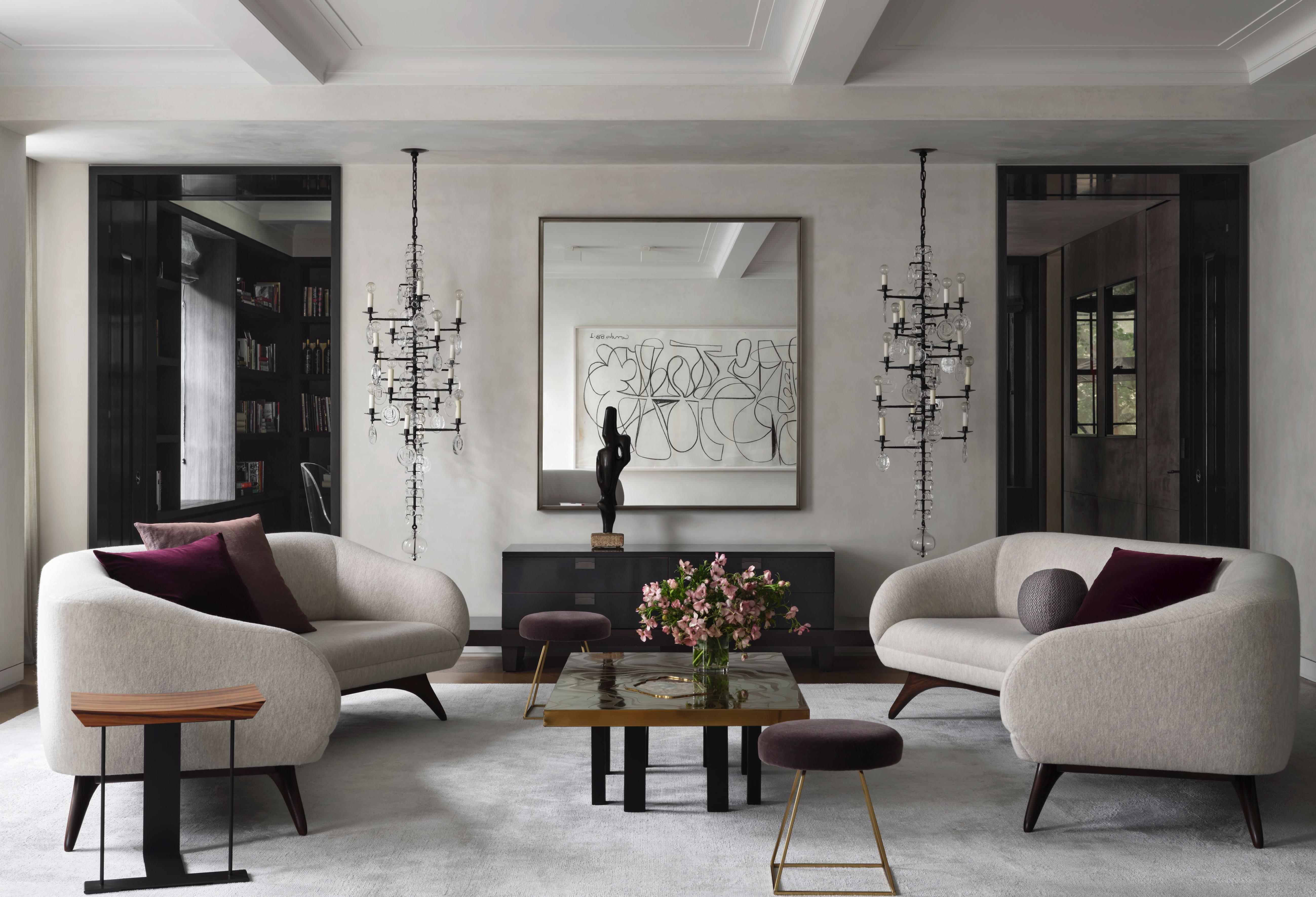 This refined Manhattan prewar strikes the perfect balance of classic and contemporary
This refined Manhattan prewar strikes the perfect balance of classic and contemporaryFor her most recent project, New York architect Victoria Blau took on the ultimate client: her family